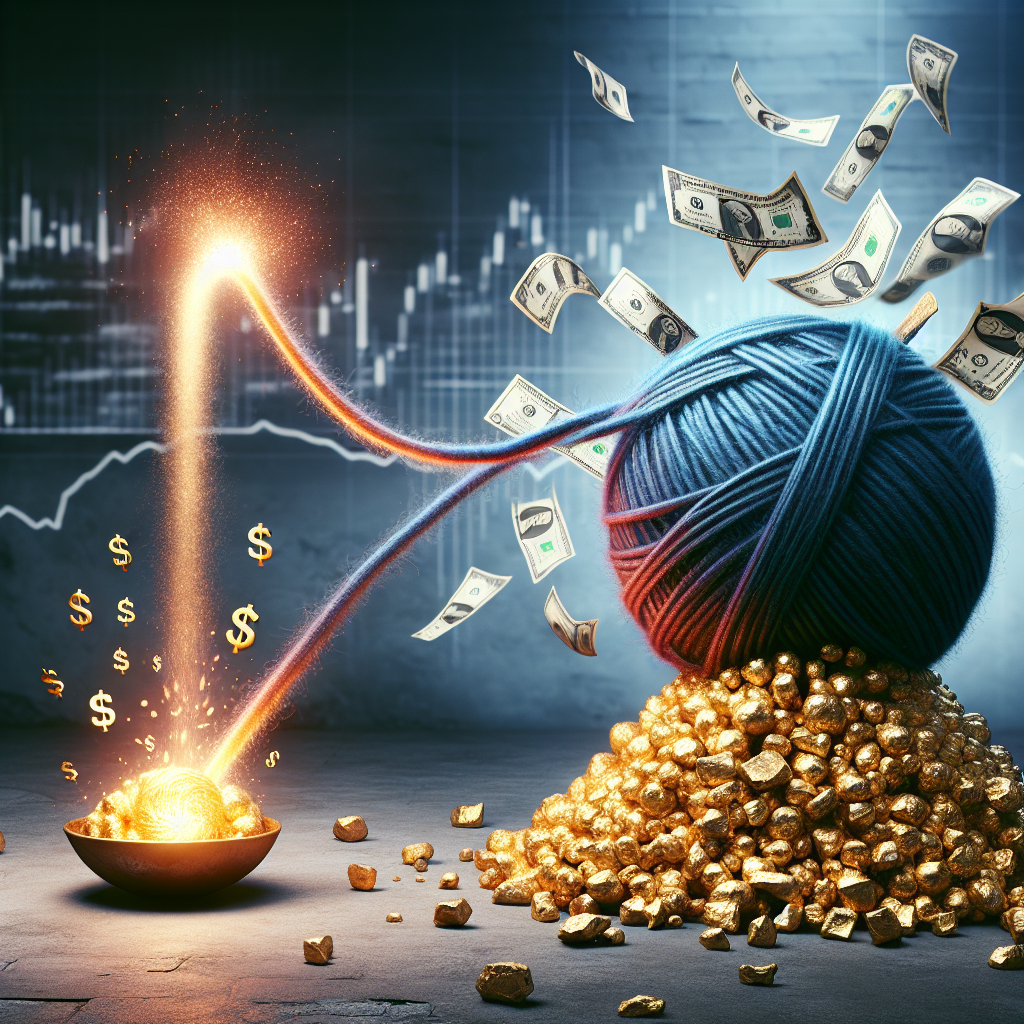The Rising Appeal of Gold Amid Growing Credit Concerns
As the global economy grapples with diminishing vitality, precious metals, particularly gold, have seen a surge in interest. With spot gold pricing exceeding $3,100 an ounce, the current market dynamics indicate a compelling case for investment, especially as fears of a credit event loom large. Keith Weiner, the CEO and founder of Monetary Metals, offers key insights into this evolving narrative.
The Case for Gold
According to Weiner, a shifting mindset among investors is driving the demand for gold. “There are more and more people buying gold, not because they think prices are going to outperform the consumer price index, but because they think in a world where credit is being abused, you don’t necessarily want to be a creditor,” he states. This sentiment is indicative of wider concerns about the stability of global credit markets, particularly in light of rising deficits and declining credit quality.
The price increase of gold, approximately 20% in just the first quarter alone, underscores the growing recognition of gold as a critical monetary asset. More importantly, Weiner emphasizes that this trend is expected to continue, with gold anticipated to outperform silver—a distinction that many investors might overlook. “While we would expect the silver price to rise with the gold price, we predict it will be reluctant and will lag behind gold both in magnitude and possibly timing,” he notes in a recent price forecast.
The Dollar’s Undeniable Place
Weiner’s perspective on the U.S. dollar is particularly noteworthy. Although he does not foresee the dollar losing its long-held reserve currency status any time soon, he does predict a gradual decline in its purchasing power. This is compounded by President Donald Trump’s trade policies and tariffs, which are prompting various nations to reconsider their dependence on the dollar. “I don’t think the dollar is going anywhere anytime soon, but people are more conscious of the U.S. dollar’s limits,” Weiner observes.
This reality makes gold all the more appealing as a hedge against uncertainty—a metaphorical safety net for investors wary of the financial landscape’s inherent risks. “It’s like playing musical chairs. At some point, the music is going to stop, and you don’t want to be the last one standing,” Weiner warns, encapsulating the urgency to reassess traditional asset allocations in uncertain times.
Debt Dynamics and Economic Risks
Weiner makes a compelling argument about the U.S. government’s efforts to rein in spending, describing them as insufficient in the face of enormous national debt. “If the government did manage to find $1 trillion in savings, we would only be back to the halcyon days of the post-crisis. Even then, we were writing about how breathtakingly large the deficits were,” he says. The need for drastic changes is not just a theoretical exercise; failing to do so may lead to rising defaults and economic instability.
As unemployment rates rise and the labor market cools, the risk of a credit event becomes increasingly likely. Weiner points out that this debt spiral didn’t emerge overnight but is the cumulative effect of decades of imbalances. “This debt spiral didn’t happen yesterday,” he emphasizes, highlighting the long-standing nature of the issues at hand.
Shifts in Investment Patterns
Interestingly, Weiner is noting a newfound interest in gold among institutional players and family offices. “If you look at all the other asset classes, it’s hard to find anything to believe in,” he states. With equity markets overdue for a correction and real estate facing its own pressures, gold’s allure as a stable asset is unlikely to wane.
Despite a substantial rally in gold prices over the past year, Weiner remains optimistic about its resilience. He argues that the mechanics of the gold market have changed significantly since the sharp selloff in 2011. With market leverage considerably lower now, gold stands on firmer footing against potential volatility.
Conclusion
In a market characterized by uncertainty and credit risk, gold has emerged as a compelling avenue for investors seeking a refuge from instability. Keith Weiner’s analysis depicts a landscape where precious metals not only have practical use in hedging against inflation but also serve as a stark reminder of global economic pressures at play. As investors navigate through treacherous waters, gold’s intrinsic value and stability may very well define the future of resource-driven investments.















